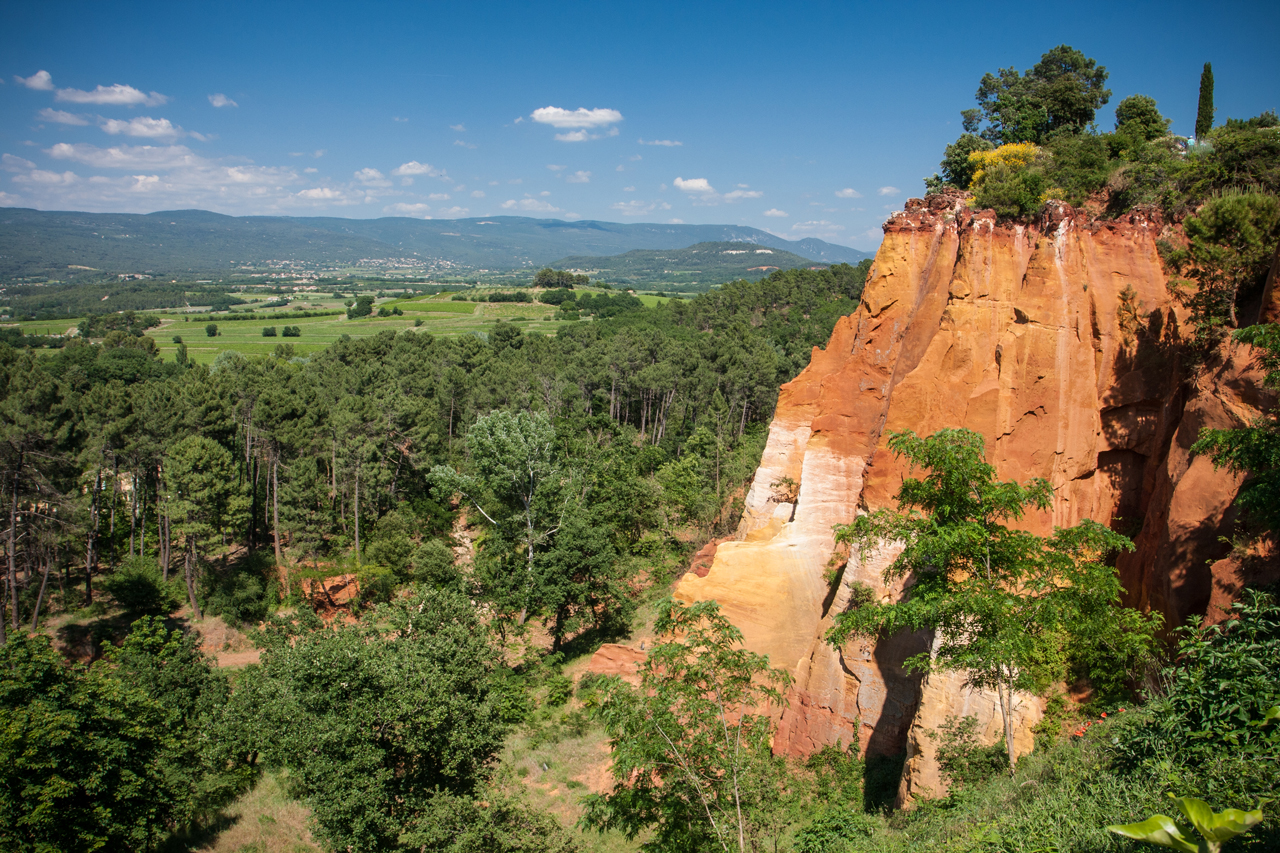
The challenge of wildfires in the Mediterranean Region
Sustainable land management as an ally against the climate crisis
Wildfires are a growing threat to the environment and climate. Every year, in Europe, millions of hectares of forests and rural areas burn, releasing as much CO2 as nearly 5 million cars.
It is estimated that by 2100 this figure will increase by 40-100%, with a particularly high risk of fires in the Mediterranean area.
One of the main causes of this phenomenon is the abandonment of traditional land management practices that have caused the loss of characteristic "mosaic" landscapes, which are different areas with different functions (farmland, pastures, vineyards, forests). This process has led to the accumulation of easily flammable plant material. Therefore, it is essential to manage land in a sustainable way to contrast the negative effects of climate changes. This helps prevent and limit forest fires, so that greenhouse gas emissions are reduced.
Istituto Oikos is working with a European partners’ network to find effective and shared solutions to fight wildfires in three key areas in France, Greece and Montenegro.
How? By exchanging best practices, sharing case studies and training practitioners and policymakers.
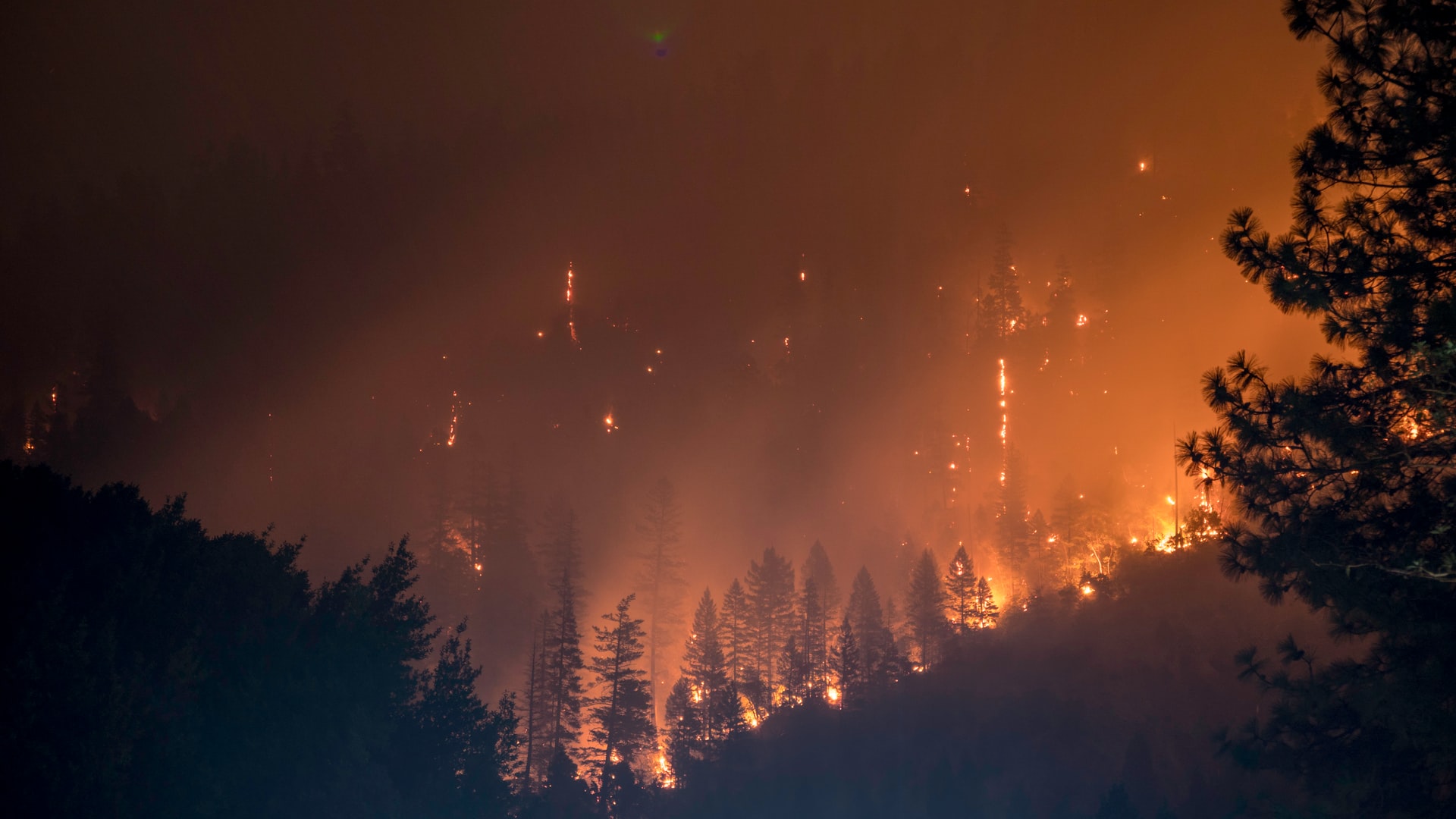
Fuels and fire weather: a ticking time bomb
Extreme weather events due to climate changes, such as heat waves and droughts, have already caused an increase in the intensity and frequency of wildfires. The combined effect of the accumulation of flammable plant material in the land with the fire-prone climate generates devastating impacts: fires become uncontrollable, greenhouse gas emissions increase exponentially and ecological, socio-economic and human losses escalates.
The situation is more than complex. Preventing and reducing the risk of wildfires requires improved management of mosaic landscapes. Prevention, response readiness, research activities, restoration of affected areas: this is the strategy we have identified to deal with this emergency.
Fire-smart landscapes as a solution
To address the quantity, quality and distribution of plant biomass associated with large devasting fires, territories should be managed accordingly to fire-smart land uses and practices. Planning for Fire-smart landscapes (FSL) is based on the conceptual framework and set of guiding principles known as Forest Landscape Restoration (FLR). FLR is a large-scale and long-term process aimed at restoring the ecological functionality of a certain area and improving livelihoods in degraded environments. This planning increases the ecological and socio-economic resilience of the landscape, allowing us to preparedness for environmental hazards and disasters, such as large-scale fires.
The FLR concepts are introduced in the following section, along with how they align with the suggested fire-smart landscapes planning principles:
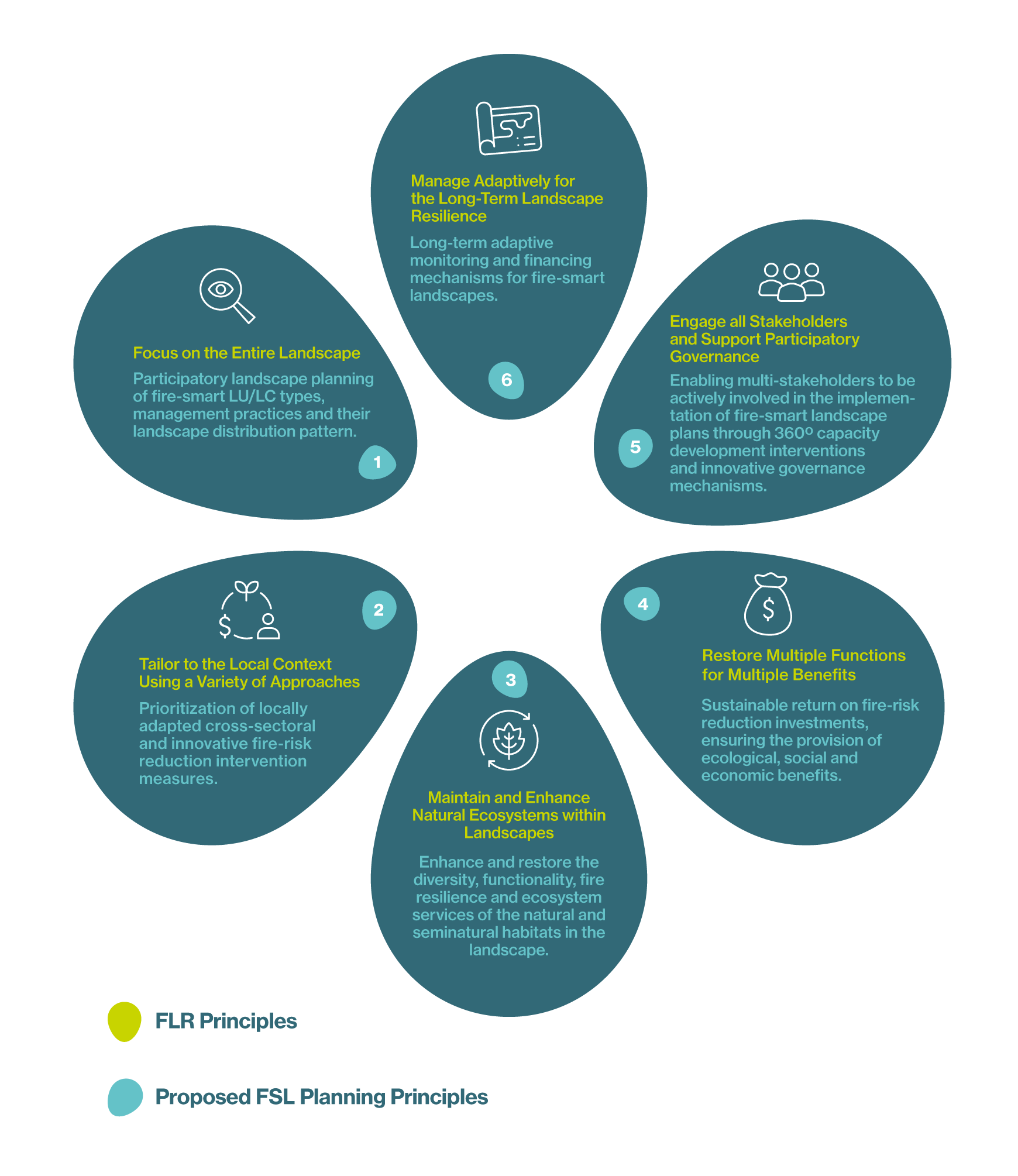
Download our documents to learn more about fire-smart landscapes:
Target landscapes
Together with our experts, we developed guidelines for planning fire-smart landscapes in the Mediterranean area and a Landscape Action Plan to apply FLR principles in three target forest landscapes: the Luberon Regional Nature Park in France, the Prokletije and Komovi Nature Park in Montenegro and the Samaria/Lefka Ori National Park in Greece.
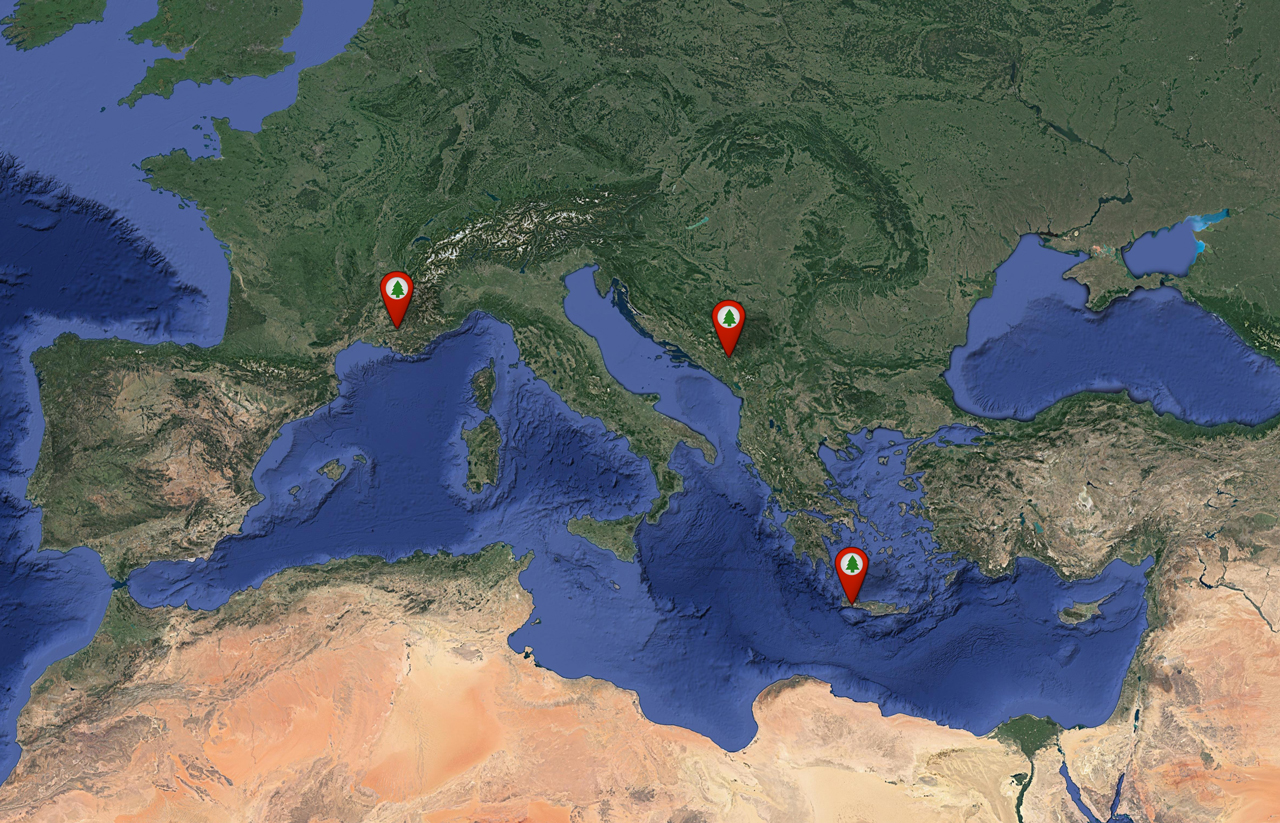
It is a protected area in southeastern France famous for its diverse landscapes, rich biodiversity and cultural heritage. Fire risk is particularly high in this area due to its environmental characteristics.
Two wonderful protected areas within the Dinaric mountain system, which stretches across several Balkan countries. The towering peaks offer breathtaking scenery, numerous opportunities for recreational activities, and rich biodiversity.
Located in the mountainous region of Lefka Ori, the park is most famous for the Samaria Gorge, which is about 16 km long and it is one of the most iconic natural areas in the country, and home to many endemic species of flora and fauna. During summer periods, high temperatures and lack of rainfall can create favourable conditions for the spread of fires.
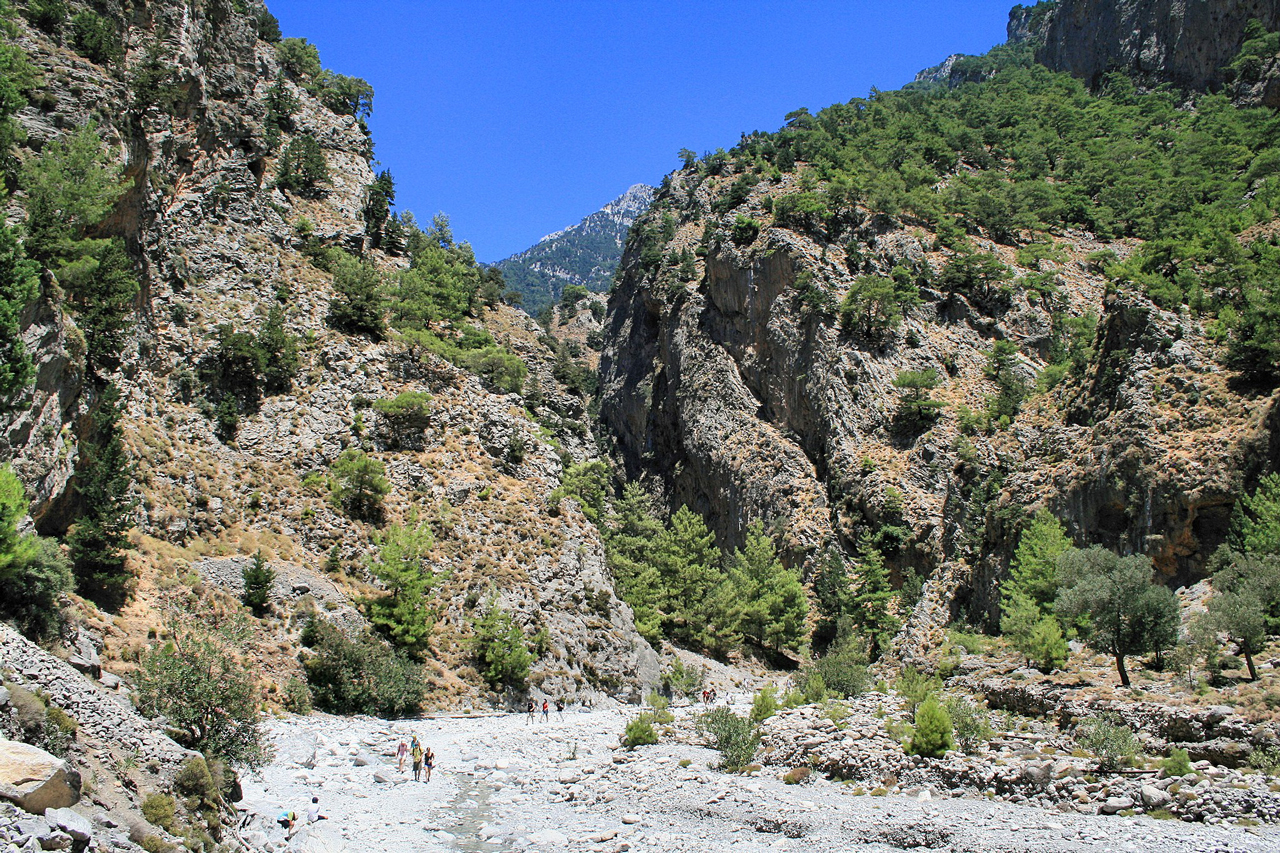
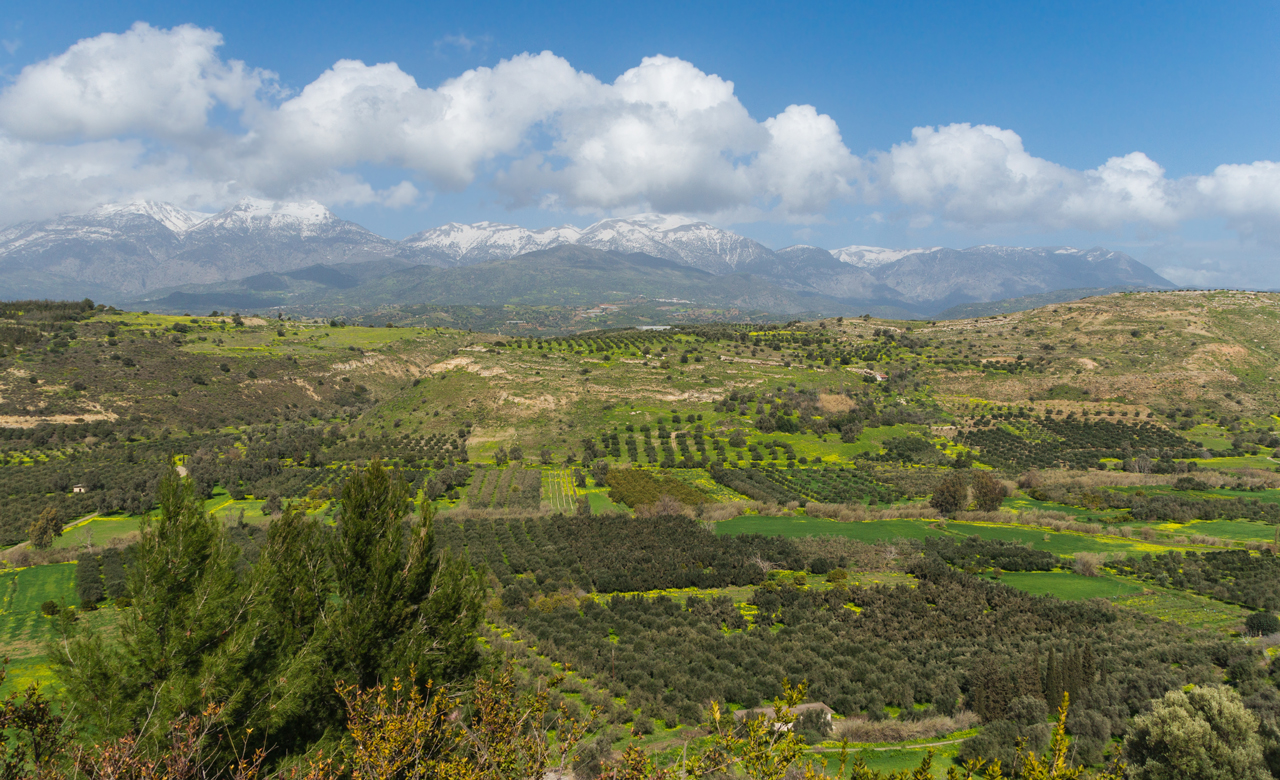
The MediterRE3 project is funded by EUKI and promoted in collaboration with Parc Naturel Régional du Luberon, Green Home, CIHEAM MAICh e National Observatory of Athens.
